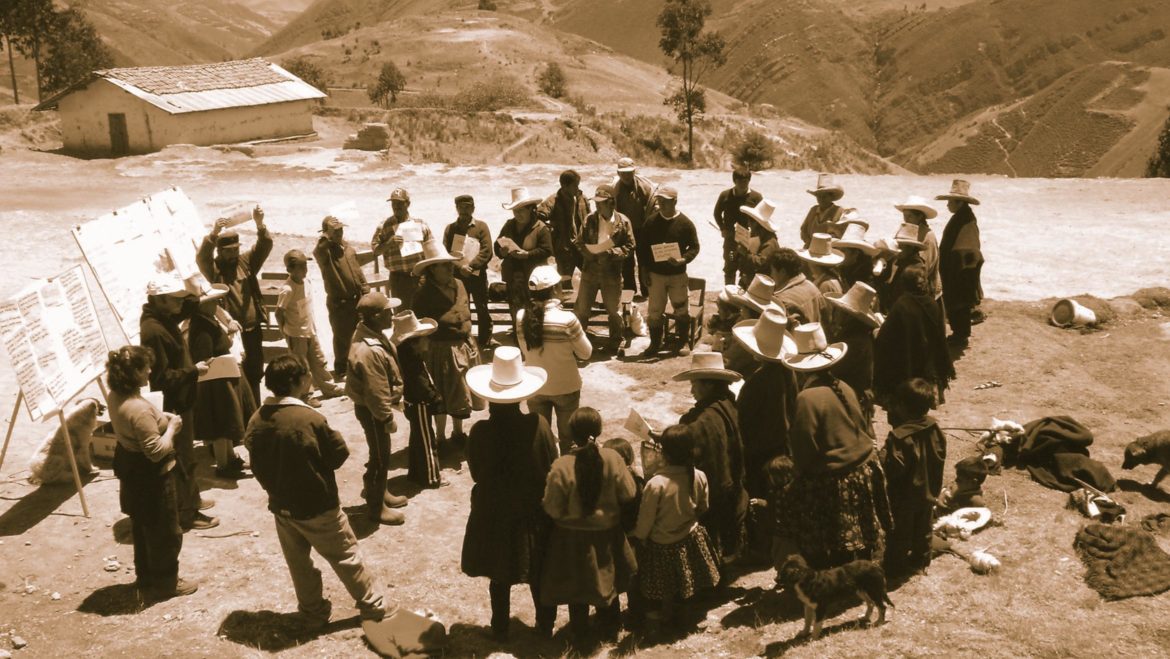
Tool 6 – Strategic Planning Framework
Strategic planning allows you to consider why you want to contribute to community development, what your objectives are and how you plan to achieve them. Strategic planning is the foundation for planning and deciding budgets, deliberating the needs of the local environment, opportunities for partnerships, resources you will require, timescales and deadlines, responsibilities and performance.
The strategic planning process applies a sequence of questions that help you examine experience, test assumptions and gather and use current information to help anticipate the future. This tool should be used before significant decisions or investments in community projects have been made.
STEP
1
Write a vision statement (p89) – define your objectives, values and principles. Your vision should be easily understood and reflect your understanding of the ideal conditions for your community or how your project impacts the community
STEP
2
Mission statement – describe what you are planning and how you will achieve this. Look at the big picture, be concise, outcome orientated and inclusive of all aspects
STEP
3
State your goals – the results you want to gain in the medium to long term, whilst reflecting the needs and expectations of key stakeholders
STEP
4
Develop the process – consider the steps required to achieve your goals and mission statement
STEP
5
Define outputs – outputs are quantifiable, consistent and realistic interim or ultimate time-based measurements which help achieve your goals. For example – to achieve 100% vaccination in three years time or increase school completion rates by 20% etc.
STEP
6
Develop program – set out an implementation plan for key strategies. Look at tool 16’s Community Action Plan (p165) for detailed information on how to do this
Benefits of a strategic planning framework include:
- helping an organisation understand why they want to contribute to community development
- preparing the best way to respond to changing and sometimes hostile environments
- clarifying a project’s community development objectives in relationship to the broader goals of your organisation
- how to achieve the objectives
- realising required resources
- knowing when you have achieved your community development objectives
Sources:
AusAID, The Logical Framework Approach, 2002. Available here: http://unpan1.un.org/intradoc/groups/public/documents/un/unpan032502.pdf
DFID, Tools for Development: A Handbook for Those Engaged in Development Activity, 2003. Available here: http://webarchive.nationalarchives.gov.uk/+/http:/www.dfid.gov.uk/Documents/publications/toolsfordevelopment.pdf
IFC, Strategic Community Investment: A Good Practice Handbook for Companies Doing Business in Emerging Markets, Washington DC, June 2010.
IFC, Strategic Community Investment: A Quick Guide, Highlights from IFC’s Good Practice Handbook, Washington DC, February 2010. Both IFC publications
